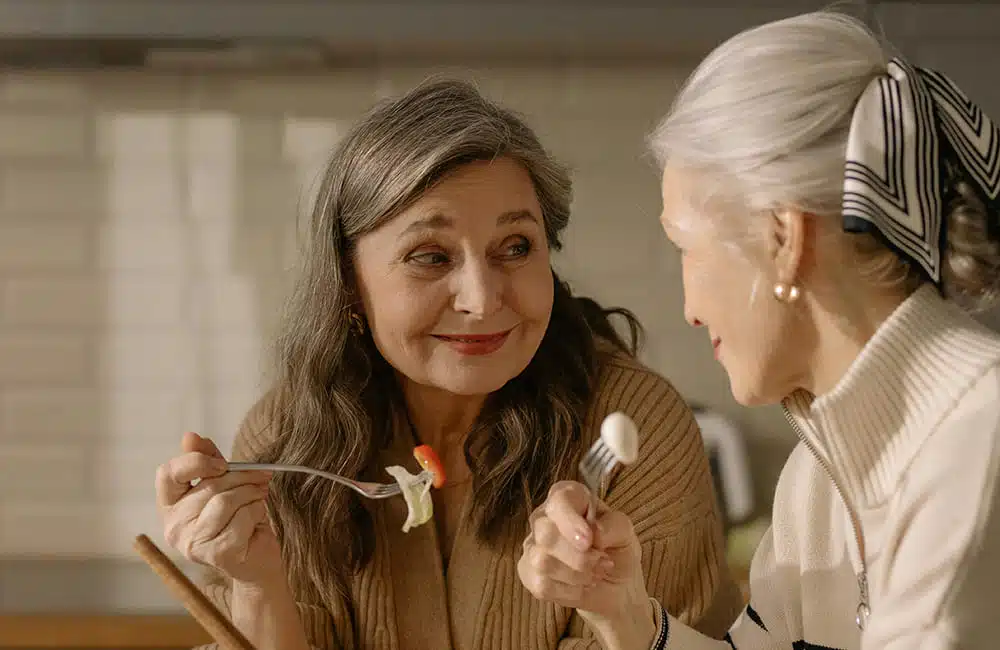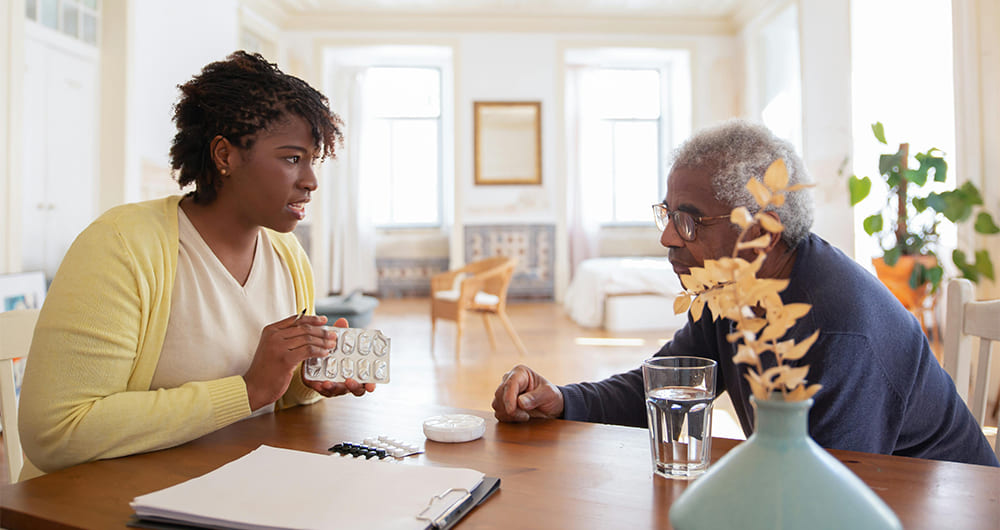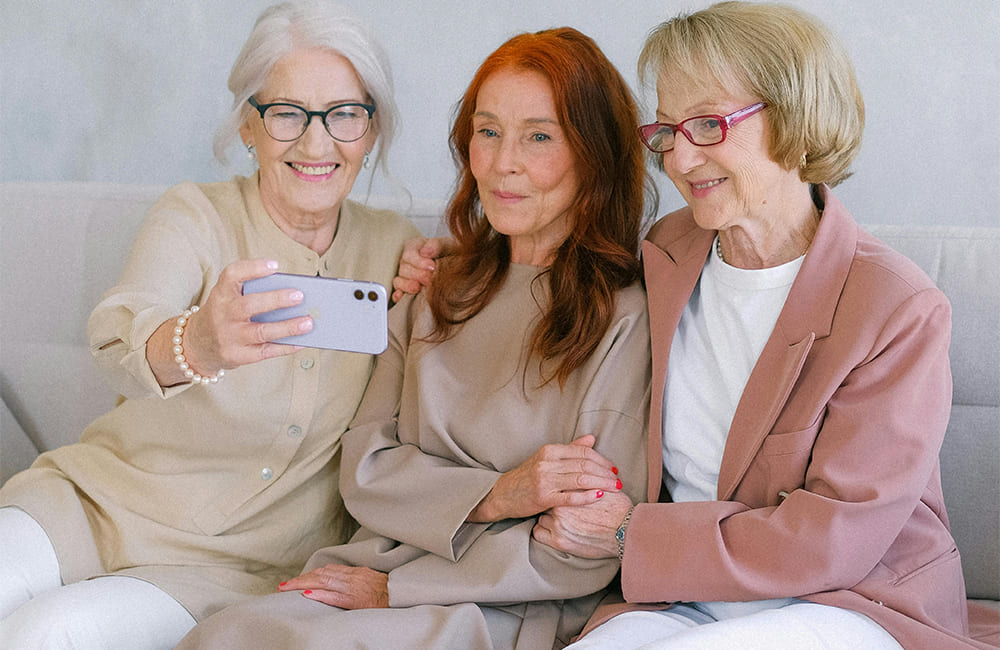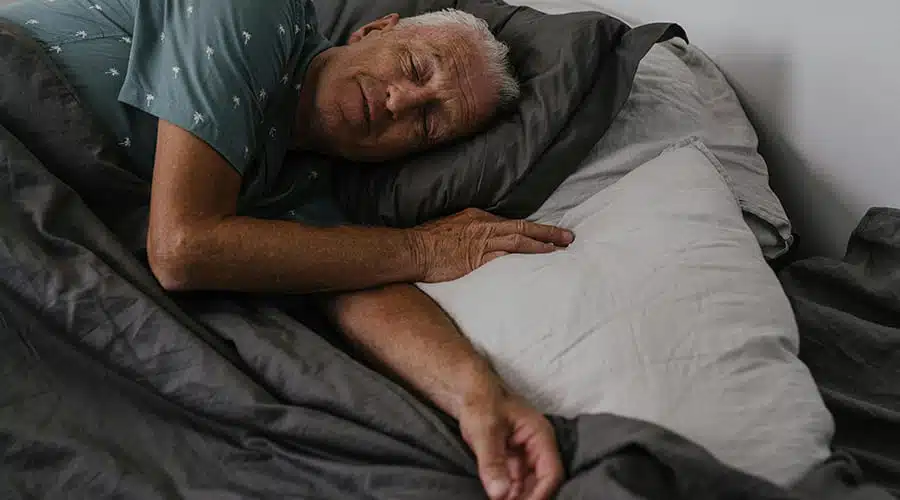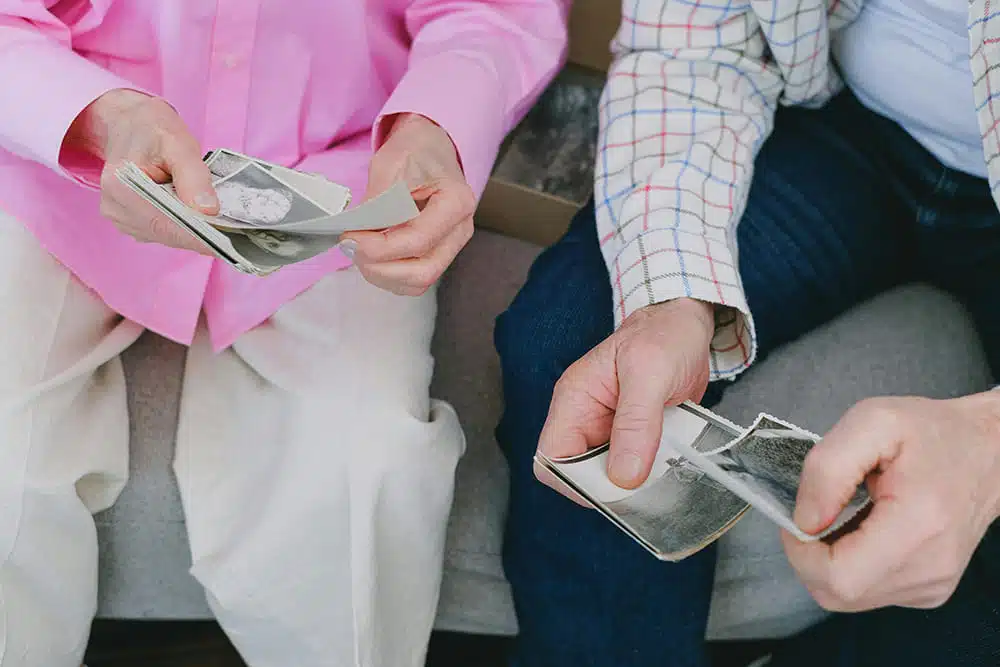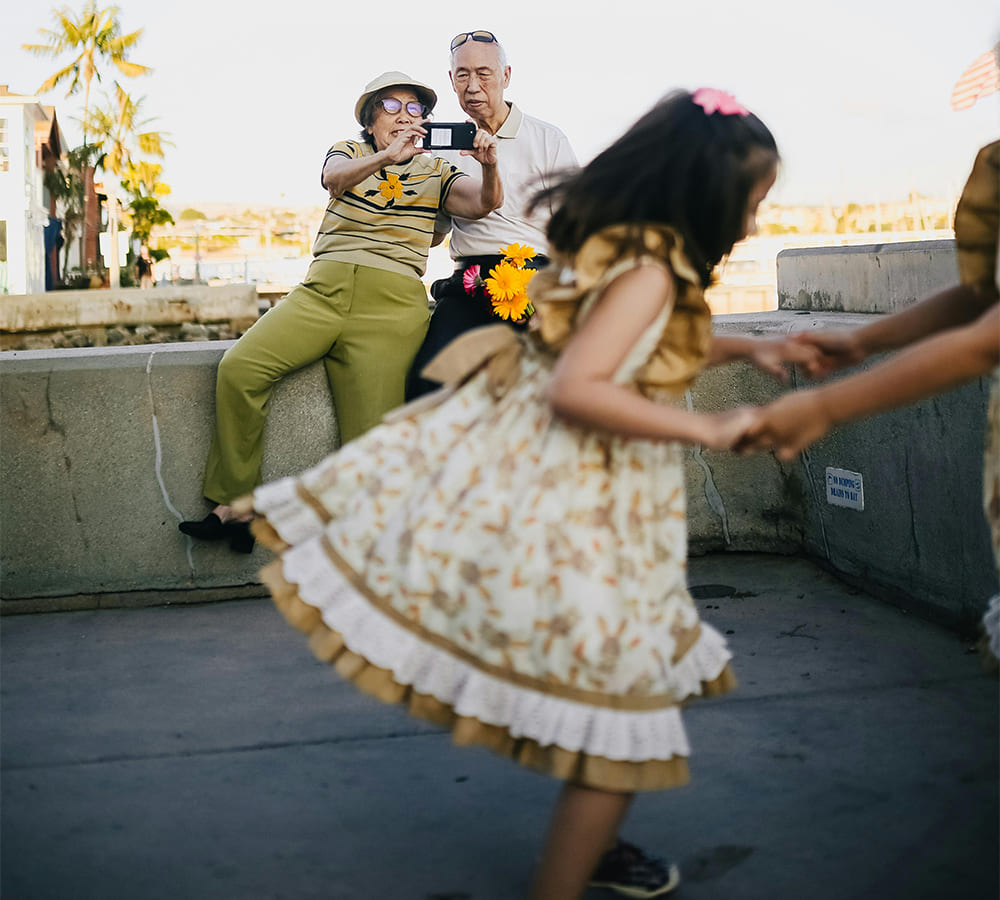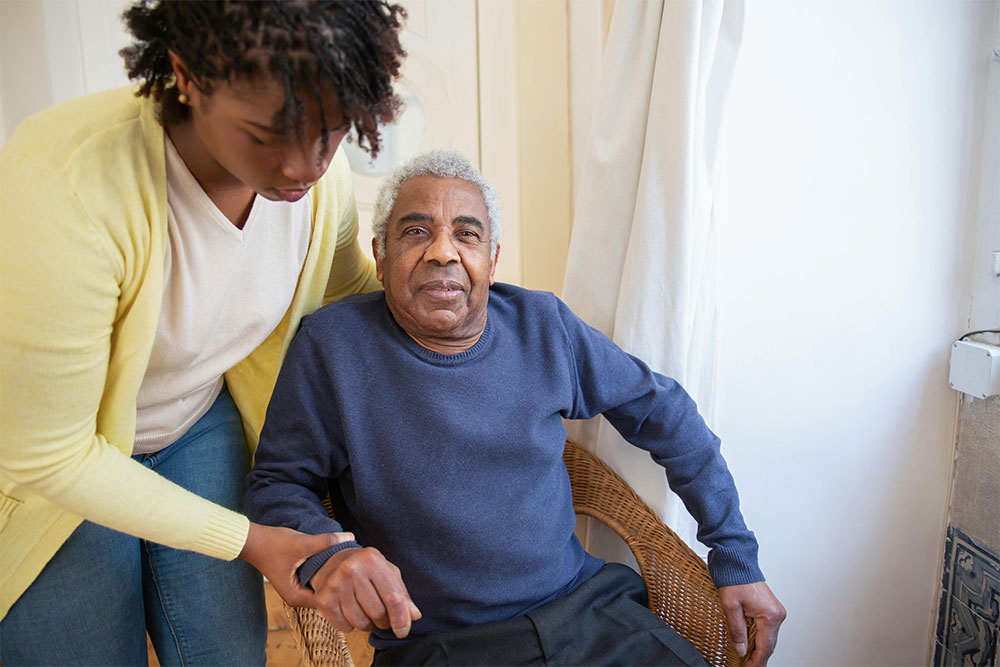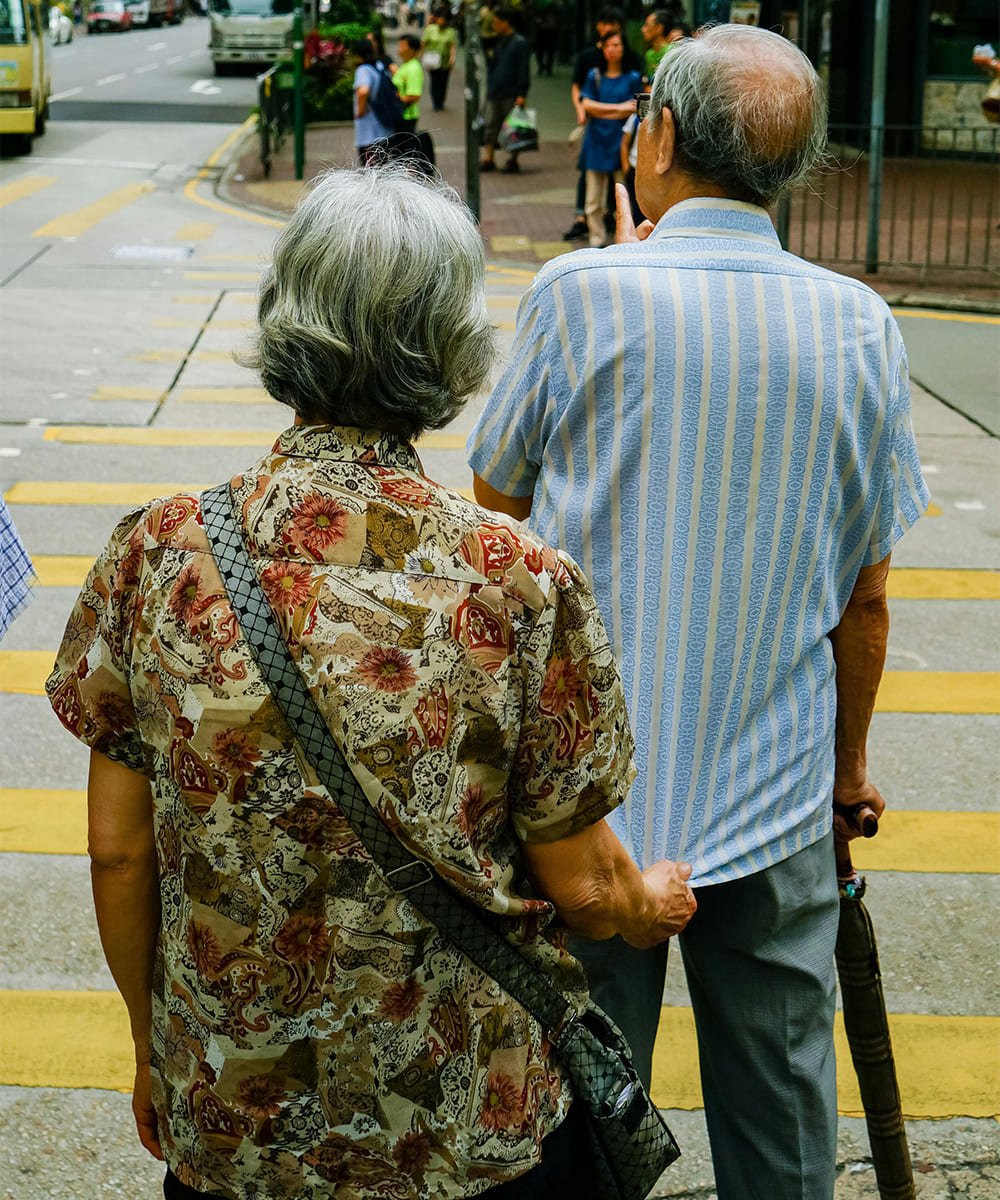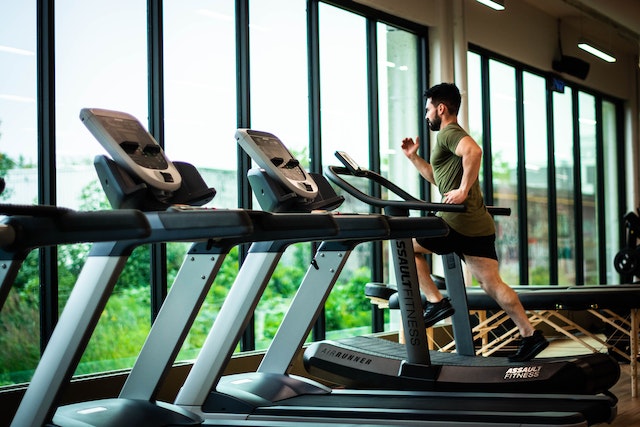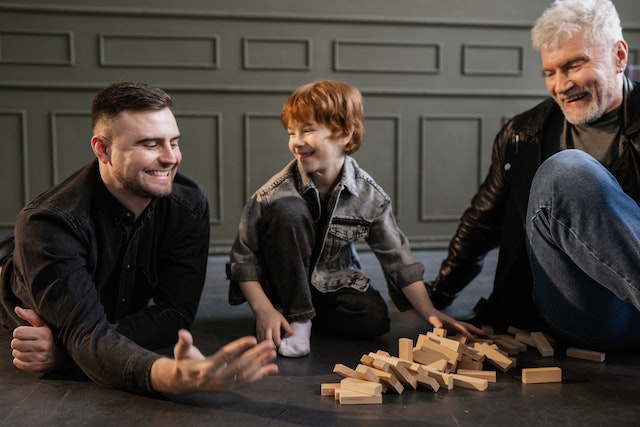Learn about how light therapy lamps work, covering their effectiveness for SAD, depression, and tips for safe use. In this article, we’ll delve into the functionality of light therapy lamps, exploring their efficacy for various disorders and providing valuable tips on how to use them safely and effectively.

Christopher Ravn
Key Takeaways
1.Light therapy lamps are effective for treating conditions like seasonal affective disorder (SAD), depression, and sleep disorders due to their ability to mimic natural sunlight and regulate circadian rhythms.
2. Consistent daily use of light therapy lamps, preferably in the morning, can lead to noticeable improvements in mood, energy levels, and sleep patterns within a few days to weeks.
3. Before using light therapy lamps, it's important to consult with a healthcare professional, especially if you have underlying health conditions or are taking medications that may be affected by light exposure. Additionally, ensure that the lamp has safety certifications and follows recommended guidelines to prevent overuse and potential side effects.
Table of Contents
1. Do Light Therapy Lamps Work?
2. Therapy Lights Effectiveness: When Can You See Results?
3. Are Light Therapy Lamps Effective For Seasonal Affective Disorder (SAD)?
4. Do Light Therapy Lamps Actually Work For General Depression And Anxiety?
5. Does Light Therapy Increase Vitamin D Levels?
6. How Long Should I Use Therapy Lamps Each Day?
7. When Is The Best Time To Use Happy Lights?
8. How To Avoid Overusing Happy Lamps
9. What To Look For In A Light Therapy Lamp
10. How Are The Best Light Therapy Lamps Selected And Tested
11. Frequently Asked Questions About Do Light Therapy Lamps Work
Do Light Therapy Lamps Work?
Light therapy lamps, or light boxes as some may know them, are created to mimic natural sunlight. They are used to treat conditions such as seasonal affective disorder (SAD), sleep disorders, and mood disorders. These lamps are sought after because the artificial light emitted helps provide a range of illumination from 2,500 to 10,000 lux. It is brighter than typical indoor lighting but less intense than direct sunlight exposure.
Research has indicated that light therapy can have both psychological and physiological impacts. Exposing oneself to the bright light from these lamps can help regulate the body’s internal clock (circadian rhythm), which aids in sleep-wake cycles. It is beneficial for those who suffer from sleep issues or jet lag. Additionally, light therapy may improve mood by increasing serotonin levels, reducing depression, particularly in those who experience seasonal changes.
However, variations may arise in light therapy lamps due to differences in intensity, duration of light exposure, seasonal changes, and the specific condition being treated. It is crucial to consult a healthcare specialist before starting light therapy, especially for those with medical conditions or taking medication that may be affected by light exposure. Overall, light therapy is believed to be beneficial for various conditions, but proper guidance is essential for safe and effective treatment.
Therapy Lights Effectiveness: When Can You See Results?
When it comes to knowing when one can see viable results, it is best to look at scientific studies to understand the evidence that may support the effectiveness of light therapy in treating various conditions. This could range from seasonal affective disorder (SAD), sleep disorders, to mood swings. Thus, it is important to know that when it comes to wanting to know when one can see results from light therapy, it may vary. This is because everyone’s condition is different, and different people react differently to different types of treatment.
For those with SAD, it is possible that one may see improvements in symptoms within a few days up to two weeks of daily use. Moreover, for those suffering from sleep disorders such as insomnia or jet lag, one may notice improvements in sleep patterns within a few days of starting light therapy. This is especially helpful when the sessions are timed to align with the body’s natural circadian rhythm.
As for those suffering from mood swings, depression, or even bipolar disorder with seasonal patterns, individuals may see changes in their mood and energy levels from one to two weeks of using the light therapy lamp daily. The full effects of the lamp may be seen from several weeks up to a few months.
Are Light Therapy Lamps Effective For Seasonal Affective Disorder (SAD)?
There have been numerous studies on the effectiveness of light therapy lamps for seasonal affective disorder (SAD). This is because SAD occurs during specific seasons, mostly during autumn and winter when daylight hours start to diminish. Research has shown that exposure to bright artificial light, normally in the range of 10,000 lux, may help reduce symptoms of SAD. This is done by regulating the body’s natural circadian rhythm while increasing serotonin levels in the brain.
Many studies have highlighted the success of light therapy lamps in improving mood and energy levels. Moreover, many patients have reported a reduction in their depressive symptoms, thus enhancing their quality of life after using light therapy lamps to wake up on a daily basis.
To reap maximum benefits, it is recommended to use light therapy lamps in the morning and especially within the first hour of waking up. The duration should be around 20 to 30 minutes each day.
Do Light Therapy Lamps Actually Work For General Depression And Anxiety?
Though it is common to associate light therapy lamps with seasonal affective disorder (SAD), it is important to understand that there is other growing research that links it with depression and anxiety. A range of testimonials and clinical trials have shown that using light therapy lamps helps alleviate symptoms of depression and anxiety.
It is important to note that some research has shown that exposing oneself to light therapy lamps helps stimulate neurotransmitters in the brain. This helps increase serotonin and dopamine levels, which regulate mood and emotions. Additionally, light therapy lamps help reset the body’s circadian rhythm and improve sleep patterns and overall health.
Moreover, some clinical trials have shown that with enough exposure to light therapy lamps, one can see a reduction in depressive symptoms and anxiety levels, thus improving various mental health conditions. This is supported by testimonials from patients who have experienced improvements in their mood, energy levels, and overall wellbeing.

Does Light Therapy Increase Vitamin D Levels?
No, light therapy does not increase vitamin D levels. This is because the visible light from the lamp does not aid in the synthesis of vitamin D in the skin. For that, you would need ultraviolet (UV) light. Therefore, it is important to understand that you will not be increasing vitamin D levels in your body if you are using light therapy lamps to treat SAD. However, it is interesting to note that the new models of light therapy lamps are incorporating UVB light. This would help stimulate vitamin D production in the skin.
However, it is important to note that the scientific evidence regarding the relationship between light therapy for depression and vitamin D production is limited. Though exposure to UVB light is known to help synthesize vitamin D in the skin, it is important to understand that the intensity and duration of exposure for it to be so may differ according to the model lamp that is being used during the therapy sessions. Moreover, it is important to note the safety concerns that are linked with prolonged exposure to UVB radiation. The concern is tied around skin damage and the risk of getting skin cancer, and therefore, caution is advised when using light therapy lamps that contain UVB light.
How Long Should I Use Therapy Lamps Each Day?
When it comes to the duration of using light therapy lamps, it is always advisable to seek advice from your healthcare professional before embarking on this journey. Some healthcare professionals generally recommend using light therapy lamps for about 20 to 30 minutes every day. This timeframe helps provide enough benefits from the light without overexposure. However, it is always important to remember that the duration of exposure changes from one person to another. It is also important to consider the intensity of the lamp, the condition that you are seeking to treat, and the response time it might take.
Therefore, it is important to stay consistent and use light therapy daily to reap its benefits. It is also important to use light therapy every day and at the same time, especially a few hours after waking up. This helps regulate the body’s circadian rhythm and thus leads to improved mood, energy levels, and sleep patterns.
When Is The Best Time To Use Happy Lights?
The best time to use happy lamps, or as we know them, light therapy lamps, is generally in the morning, preferably during the first few hours after waking up. Using happy lights in the morning helps regulate one’s circadian rhythm, enhance alertness, and improve overall mood.
However, it is highly discouraged to use happy lights before bedtime. This is because exposing yourself to bright light in the evening will disrupt the body’s natural sleep-wake cycle. It will inhibit the production of melatonin, which is responsible for promoting sleep. Therefore, if you decide to use happy lights before bedtime, you may experience difficulty falling asleep or poor quality of sleep.
How To Avoid Overusing Happy Lamps
It is important to remember that overusing happy lamps (light therapy lamps) may lead to side effects such as eye strain, headaches, and sleep issues. Hence, in order to avoid such issues, it is important to follow the provided guidelines of using it for about 20 to 30 minutes a day.
Thus, to prevent overuse, you will need to monitor your response to light therapy lamps and adjust as needed. Moreover, if you are experiencing sleep issues or any form of discomfort, it is advisable to reduce the timing and intensity of your light therapy sessions. Additionally, always remember that you need to be consistent with your light therapy sessions and use it in the morning to regulate your circadian rhythm without disrupting your sleep pattern.
We Believe Prioritizing Brain Health Enhances Your Quality Of Life
Get to know our team, our mission and how our EVY LIGHT® can provide you and your loved ones with a fuller life, letting you breathe a little easier.
Considerations Before Using Light Therapy Lamps
It is important to think about the potential risks before considering using light therapy lamps. This is especially important for those who have eye conditions or who are photosensitive. Moreover, those who are suffering from glaucoma, cataracts, or even retinal issues may be at higher risk if they are overly exposed to light therapy lamps.
Thus, it is important to consult a healthcare professional, in this case, an ophthalmologist or even your general practitioner, before embarking on using light therapy lamps. This is especially important for those who have health conditions or who are on medication, as exposing oneself to the light may trigger certain issues. Moreover, your healthcare professional may be able to customize light therapy sessions and come up with certain parameters that would help to minimize any form of risk. Overall, it is important to gain advice from a healthcare professional before using light therapy lamps, as this will ensure safety and effective usage.

Enhance your brain performance through the power of light.
Comfortable and easy to use 40Hz light therapy to support and improve your brain function.
View Our LightWhat To Look For In A Light Therapy Lamp
- Look at the light intensity and measure it in lux or there are some in Hertz. Remember that higher lux means higher brightness. Hence, it is important to purchase a lamp that is between 2,500 to 10,000 lux. This is suitable for those who are suffering from seasonal affective disorder (SAD) or sleep issues.
- Look at the size and design of the lamp. Ensure that the light is the right size to fit in your personal space and thus, able to provide the coverage that you need. Therefore, it is important to search for lamps with adjustable brightness and settings that cater towards personalization.
- Ensure that the lamp has safety certifications. Look for certifications that have UL or CE markings that have passed the compliance and safety measures. This tells you that the product is reliable and of good quality.
- Reviews and feedback. Look at reviews and feedback to know the effectiveness and reliability of your lamp. Hence, it is important to look at features that resonate with you so and thus, help you in supporting your overall well-being.
Choosing The Right Light Therapy Lamp For You
When choosing the right light therapy lamp for you, it is important to compare it with the popular models. You will need to look at factors such as size, features, intensity, and online reviews to decide which lamp can best help you.
Some models such as Verilux HappyLight, Circadian Optics, and OptoCeutics offer a range of features and specifications. Verilux HappyLight is known for its compatibility and portability. Circadian Optics lamp is foldable so that you get the angle that you need. OptoCeutics, on the other hand, helps to stimulate gamma wave frequencies.
Moreover, you will need to ensure that the light therapy lamp does not break your bank balance when you are comparing all the models that are out there.
How Are The Best Light Therapy Lamps Selected And Tested
The best light therapy lamps are selected and tested based on their effectiveness, safety, and user satisfaction. When experts select and test the best light therapy lamp, they consider factors such as the light’s intensity, size, features, and whether it has the necessary safety certifications. This is important to assess the quality of the light and its potential to treat conditions such as seasonal affective disorder (SAD) or sleep disorders.
Additionally, it is important to consider the testing process to ensure that the lamp has undergone proper testing procedures to determine its effectiveness. This ensures that the lamp can provide the required light intensity, coverage area, and the desired spectral distribution for the light therapy session. Moreover, it is crucial to ensure that the light therapy lamp is compliant with safety regulations and has passed necessary tests to prevent harmful UV radiation exposure.
Learn What Others Have Experienced with EVY Light
See how others have achieved a sharper mind by activating their gamma brainwaves in combination with maintaining a healthy lifestyle.
Frequently Asked Questions About Do Light Therapy Lamps Work
Do Light Therapy Lamps Work?
What To Look For In A Light Therapy Lamp?
When considering buying a light therapy lamp, you will need to consider a few factors to purchase a lamp that is effective and safe.















